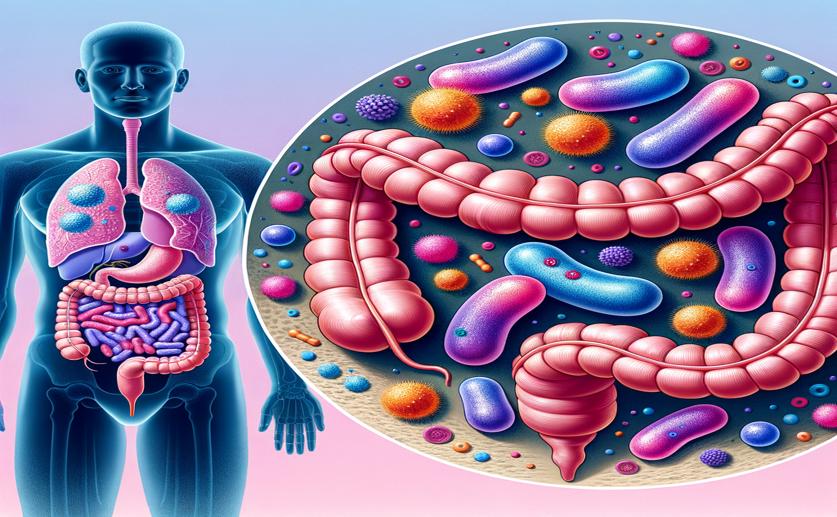
Exploring How Gut Bacteria Interact With Their Hosts
Jim Crocker
20th March, 2024

Image Source: Natural Science News, 2024
Key Findings
- Scientists use the worm C. elegans to study gut microbes and their effects on health
- The worm's simple body and genetics help show how age, genes, and stress change its microbes
- This research could lead to new ways to improve human health by altering our microbiome
References
Main Study
1) Understanding the factors regulating host-microbiome interactions using Caenorhabditis elegans.
Published 18th March, 2024
https://doi.org/10.1098/rstb.2023.0059
Related Studies
2) The Caenorhabditis elegans proteome response to two protective Pseudomonas symbionts.
3) Intermediate filament network perturbation in the C. elegans intestine causes systemic dysfunctions.
4) The nematode worm C. elegans chooses between bacterial foods as if maximizing economic utility.



 14th March, 2024 | Greg Howard
14th March, 2024 | Greg Howard